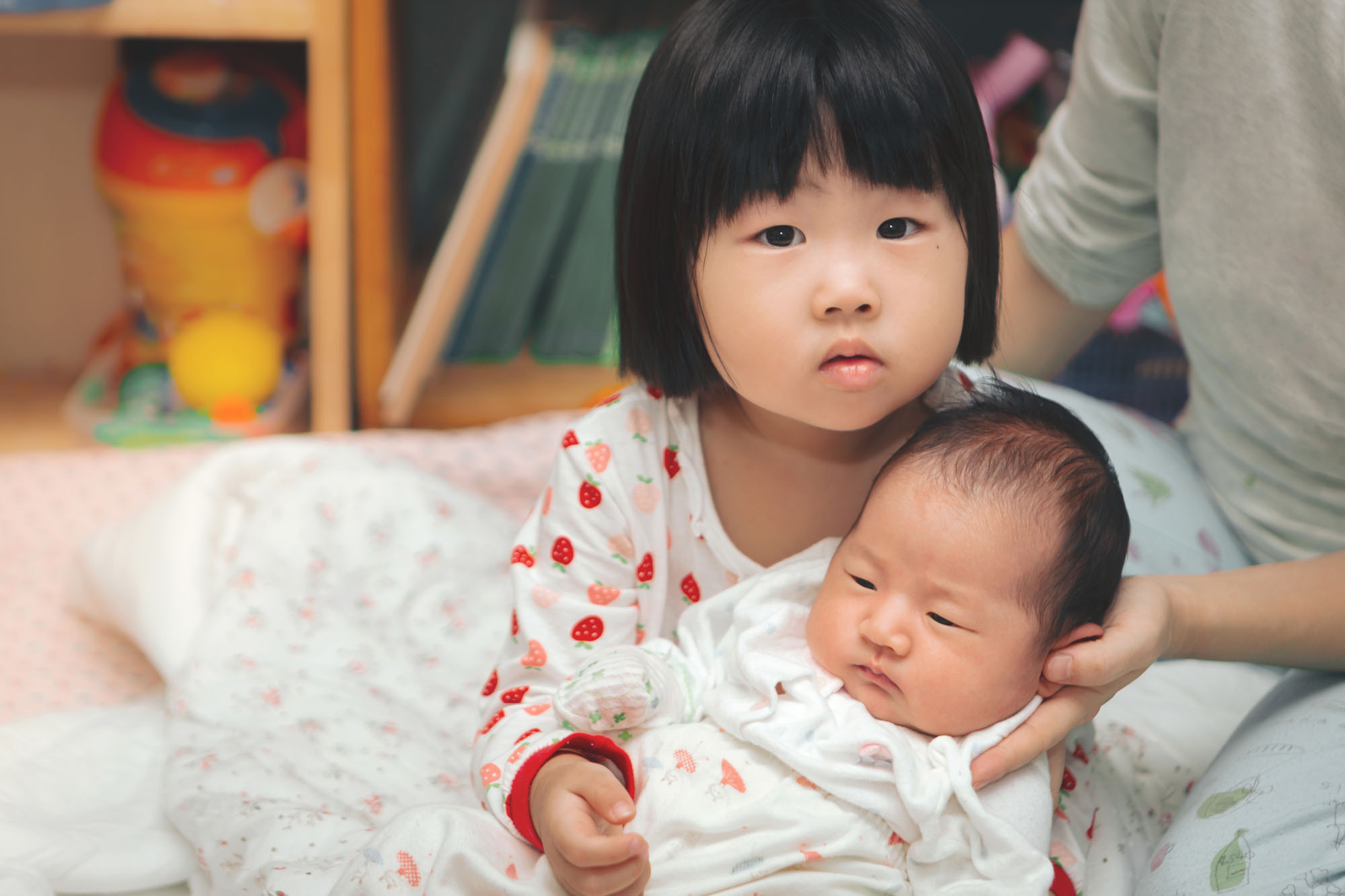In 1960, South Korea had a total fertility rate of more than six children per woman, high enough to cause a population explosion. But as the country developed, this number dropped decade by decade.
A country needs a fertility rate of about 2.1 — a little more than one child per parent — to maintain long-term population stability. South Korea's fertility is now about half that number. And it's still falling. The country's statistics office reported that in 2018 the fertility rate fell to a record low of 0.98 — much lower even than in countries such as Japan, whose rate is above 1.4.
This means that South Korea is headed for a demographic crash. Although the country's population has been rising due to higher birthrates in earlier generations — an effect known as population momentum — this is set to reverse as early as next year. During the next half-century, unless something changes, the population of 51 million could fall by a third.

















With your current subscription plan you can comment on stories. However, before writing your first comment, please create a display name in the Profile section of your subscriber account page.